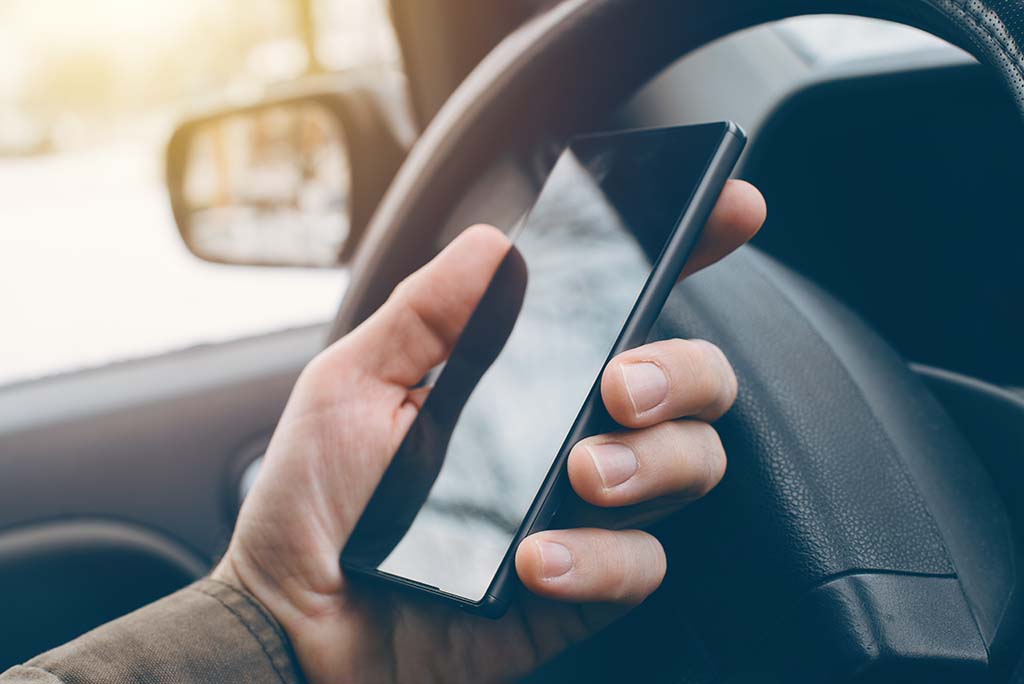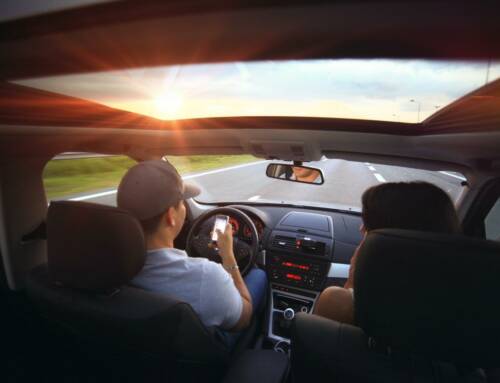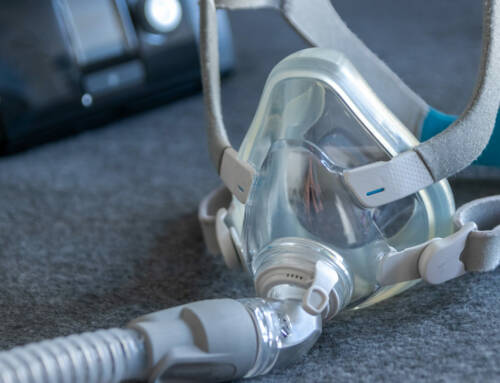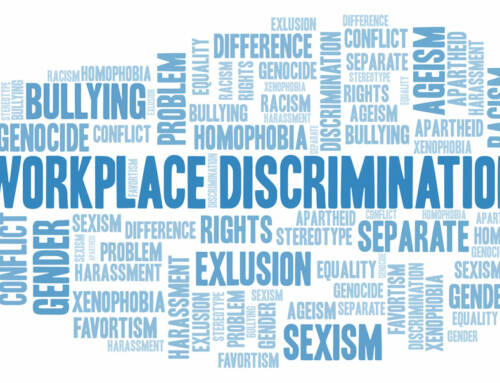Every year, car crashes kill or seriously injure over four million Americans. Distracted drivers cause a significant number of these collisions. In response, most states, including New York, have passed strict hands-free laws which ban hand-held cell phones, at least for the most part.
However, these laws only go so far. New laws don’t necessarily mean drivers behave differently. In fact, most drivers admit that they have used a cell phone while driving in the past thirty days.
Since these drivers know they must watch the road and pay attention to driving, yet they refuse to do so, a New York personal injury attorney can usually obtain substantial compensation for these crash victims. These families need this money to pay medical bills related to the accident and generally put their lives back together following a serious injury.
Device Distraction
As mentioned, New York law prohibits drivers from holding or using a hand-held device while they are driving. The laws in most jurisdictions, including the Empire State, target such devices because they combine all three forms of distracted driving, which are:
- Manual (hand off the wheel),
- Visual (eyes off the road), and
- Cognitive (mind off driving).
If police cited an at-fault driver for violating this law, the tortfeasor (negligent driver) could be liable for damages as a matter of law, under the negligence per se doctrine.
Frequently, however, officers don’t issue citations in these situations, even if the driver clearly broke the law. To many officers, a vehicle collision is a civil dispute, and they do not want to become entangled in it.
For this same reason, police accidents reports are often incomplete or inaccurate. Emergency responders are not private investigators. They don’t arrive at accident scenes to collect evidence for a future negligence lawsuit.
Compensation is still available in these situations if the victim/plaintiff proves negligence, or a lack of care, by a preponderance of the proof, or more likely than not. Device use logs often provide critical evidence in these cases.
However, this vital proof is often unavailable. In the wake of a crash, tortfeasors often “accidentally” delete this information. The data remains on the device, but it is much more difficult and expensive to extract it. To avoid such problems and delays, an attorney usually sends a spoliation letter to the device owner. This letter commands the owner to preserve any potential physical evidence, including the device use log, for future inspection.
There is a persistent myth that hands-free is the equivalent of risk-free. That’s not true. Driving while using a hands-free device, which is visually and cognitively distracting, is the same as driving drunk.
Non-Device Distraction
Despite all the publicity they get, devices are a factor in less than 15 percent of the distracted driving wrecks in New York. Non-device distraction, mostly eating or drinking while driving, causes the vast majority of these crashes.
Only a few states have strict laws against non-device distraction. Several years ago, a Georgia police officer ticketed a driver for eating a cheeseburger while driving. Technically, the reckless driving law could apply to such behavior. Generally, however, officers only issue these citations to drivers who break more than one traffic law at once, such as a motorist zipping in and out of lanes at a high speed.
Therefore, non-device distraction victims must normally use the ordinary negligence doctrine. Legally, negligence is a lack of care. Not all non-device distraction is a lack of care.
Assume an individual turns his head to speak to a passenger, doesn’t see the car in front of him stop short, and he rear-ends the vehicle. Technically, s/he was dangerously distracted. Their eyes weren’t on the road and s/he was not concentrating on driving. But most jurors would consider the behavior a momentary lapse as opposed to a breach of care.
Now assume that, according to witnesses, the driver was having an animated discussion with a passenger for about a mile, drove erratically during that time period, and rear-ended a stopped-short car. This ongoing and severe distraction might constitute a lack of care.
This difference illustrates an important principle in negligence claims. The more evidence the victim/plaintiff presents, the more compensation jurors usually award. That’s why evidence is also important in a negligence per se claim. Proof isn’t relevant to liability, but it is highly relevant to damages, or the lack thereof.
All kinds of distracted drivers often cause serious injuries. For a free consultation with an experienced New York personal injury attorney, contact Marie Napoli. You have a limited amount of time to act.






